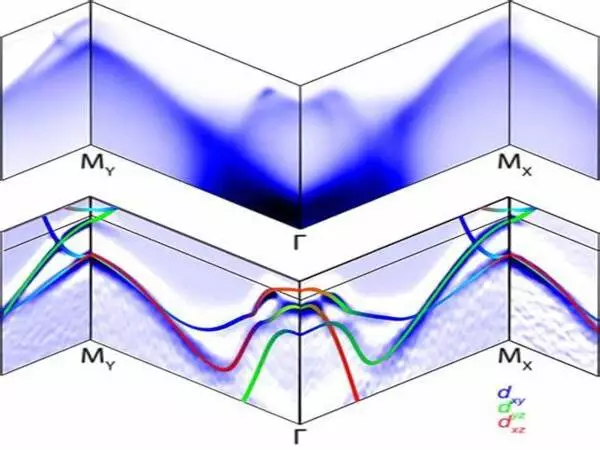Thermal energy is transported along the highway of heat transfer by quantum particles known as phonons. However, at the nanoscale of today’s most advanced semiconductors, those phonons are insufficient for heat removal. That is why Purdue University researchers are working to open a new nanoscale lane on the heat transfer highway by employing hybrid quasiparticles known as “polaritons.”
Thomas Beechem is obsessed with heat transfer. He makes a big deal out of it, like a preacher at a big tent revival.
“We have several ways of describing energy,” Beechem, an associate professor of mechanical engineering, explained. “When we talk about light, we talk about particles called ‘photons.’ Heat also transports energy in predictable ways, which we refer to as ‘phonons.’ However, depending on the material, photons and phonons can combine to form a new entity known as a ‘polariton.’ It transports energy in its own way, distinct from photons and phonons.”
Polaritons, like photons and phonons, are not physical particles that can be seen or captured. They are more akin to particle-like ways of describing energy exchange.
Semiconductors have become so incredibly small and complex. People who design and build these chips are discovering that phonons don’t efficiently disperse heat at these very small scales. Our paper demonstrates that at those length scales, polaritons can contribute a larger share of thermal conductivity.
Thomas Beechem
Still fuzzy? How about another analogy. “Phonons are like internal combustion vehicles, and photons are like electric vehicles,” Beechem said. “Polaritons are a Toyota Prius. They are a hybrid of light and heat, and retain some of the properties of both. But they are their own special thing.”
Polaritons have been used in a variety of optical applications, including stained glass and home health tests. However, their ability to move heat has largely gone unnoticed because their impact becomes significant only when the size of materials is very small. “We know that phonons do the majority of the work of transferring heat,” Jacob Minyard, a Ph.D. student in Beechem’s lab, explained. “Polaritons’ effect is only visible at the nanoscale. But, thanks to semiconductors, we’ve never had to address heat transfer at that level before.”
“Semiconductors have become so incredibly small and complex,” he continued. “People who design and build these chips are discovering that phonons don’t efficiently disperse heat at these very small scales. Our paper demonstrates that at those length scales, polaritons can contribute a larger share of thermal conductivity.”
Their research on polaritons has been selected as a Featured Article in the Journal of Applied Physics.

“We in the heat transfer community have been very material-specific in describing the effect of polaritons,” said Beechem. “Someone will observe it in this material or at that interface. It’s all very disparate. Jacob’s paper has established that this isn’t some random thing. Polaritons begin to dominate the heat transfer on any surface thinner than 10 nanometers. That’s twice as big as the transistors on an iPhone 15.”
Now Beechem gets really fired up. “We’ve basically opened up a whole extra lane on the highway. And the smaller the scales get, the more important this extra lane becomes. As semiconductors continue to shrink, we need to think about designing the traffic flow to take advantage of both lanes: phonons and polaritons.”
Minyard’s paper only scratches the surface of how this could occur in practice. Because of the complexity of semiconductors, there are numerous opportunities to capitalize on polariton-friendly designs. “There are many materials involved in chipmaking, from the silicon itself to the dielectrics and metals,” Minyard told me. “The way forward for our research is to understand how these materials can be used to conduct heat more efficiently, recognizing that polaritons provide a whole new lane to move energy.”
Recognizing this, Beechem and Minyard want to show chipmakers how to incorporate these polariton-based nanoscale heat transfer principles right into the physical design of the chip, from the physical materials used to the shape and thickness of the layers.
While this work is currently theoretical, physical experimentation is on the horizon, which is why Beechem and Minyard are excited to be at Purdue.
“The heat transfer community here at Purdue is so robust,” Beechem told the audience. “We can literally go upstairs and talk to Xianfan Xu, who was one of the first people to experiment with this effect.” Then we can go to Flex Lab and talk to Xiulin Ruan about his groundbreaking work in phonon scattering. And here at the Birck Nanotechnology Center, we have the resources to build nanoscale experiments and use one-of-a-kind measurement tools to confirm our findings. It’s a researcher’s paradise.”















